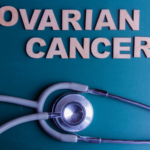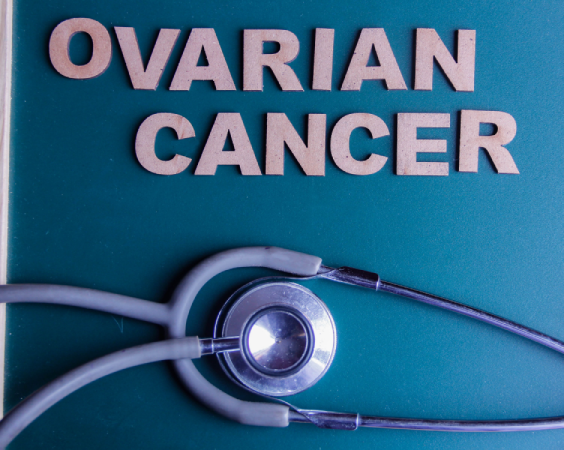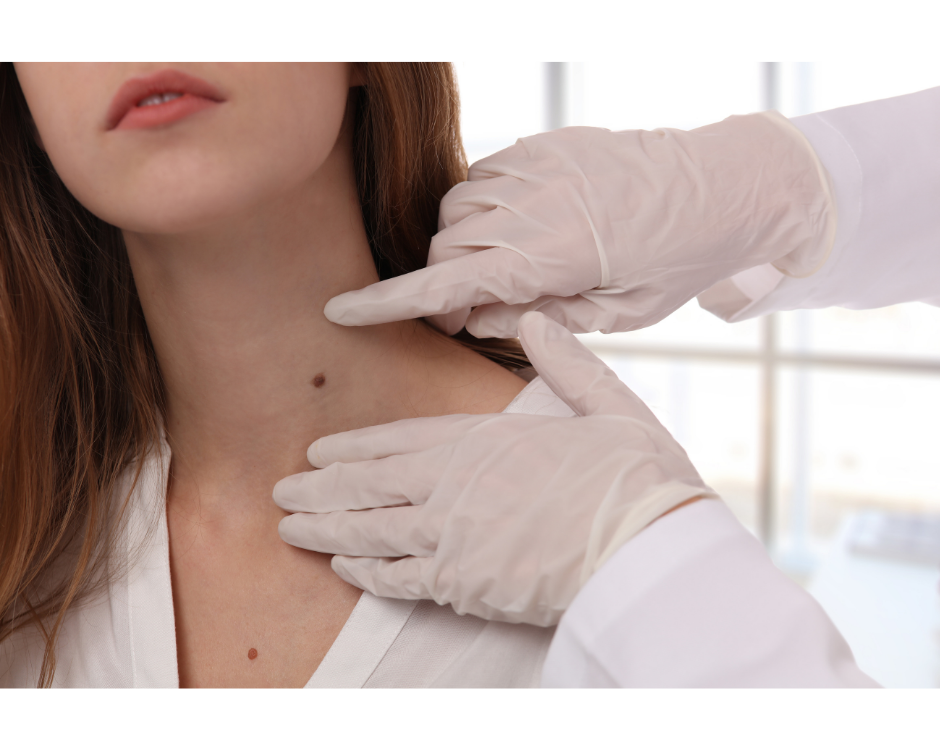- Home
- Locations
- For Individuals
- For Organizations
- CEO Health/Executive Assessment
- Independent Medical Assessments
- Employee Health
- Functional Abilities Evaluation Services
- Functional Medicine Evaluation (FME) Services
- Independent Medical Evaluation (IME) Services
- Job Site Assessment Services
- Labour Market Re-entry Assessment Service
- Neuropsychological Assessment Services
- Non-Medical Summary Services
- Physical Demands Analysis (PDA) Services
- Pre-Employment Medical Services
- Vocational and Employability Assessment Service
- For Diplomats
- About
- Contact
- Home
- Locations
- For Individuals
- For Organizations
- CEO Health/Executive Assessment
- Independent Medical Assessments
- Employee Health
- Functional Abilities Evaluation Services
- Functional Medicine Evaluation (FME) Services
- Independent Medical Evaluation (IME) Services
- Job Site Assessment Services
- Labour Market Re-entry Assessment Service
- Neuropsychological Assessment Services
- Non-Medical Summary Services
- Physical Demands Analysis (PDA) Services
- Pre-Employment Medical Services
- Vocational and Employability Assessment Service
- For Diplomats
- About
- Contact
- Home
- Locations
- For Individuals
- For Organizations
- CEO Health/Executive Assessment
- Independent Medical Assessments
- Employee Health
- Functional Abilities Evaluation Services
- Functional Medicine Evaluation (FME) Services
- Independent Medical Evaluation (IME) Services
- Job Site Assessment Services
- Labour Market Re-entry Assessment Service
- Neuropsychological Assessment Services
- Non-Medical Summary Services
- Physical Demands Analysis (PDA) Services
- Pre-Employment Medical Services
- Vocational and Employability Assessment Service
- For Diplomats
- About
- Contact
- Home
- Locations
- For Individuals
- For Organizations
- CEO Health/Executive Assessment
- Independent Medical Assessments
- Employee Health
- Functional Abilities Evaluation Services
- Functional Medicine Evaluation (FME) Services
- Independent Medical Evaluation (IME) Services
- Job Site Assessment Services
- Labour Market Re-entry Assessment Service
- Neuropsychological Assessment Services
- Non-Medical Summary Services
- Physical Demands Analysis (PDA) Services
- Pre-Employment Medical Services
- Vocational and Employability Assessment Service
- For Diplomats
- About
- Contact
The Truth Behind the 5 Common Myths About Breast Cancer

Signs of Ovarian Cancer Every Woman Should Know
September 24, 2021
5 Ways You Can Do to Help Prevent Type 2 Diabetes
November 30, 2021Breast cancer may be one of the more often talked about cancers, but there are still so many misconceptions out there. These myths can cause unnecessary panic and can even delay a person’s diagnosis and treatment.
With breast cancer being the most common cancer among Canadian women (excluding non-melanoma skin cancers) and the 2nd leading cause of death from cancer, early diagnosis is key to successful breast cancer treatment and long-term survival.
We’re going to separate myth from fact when it comes to this disease to spread awareness and truth that will help save more lives. Here are 5 of the most common myths about breast cancer.
Myth 1: Men do not get breast cancer.
Fact: Men do get breast cancer, but it is rare.
Although it is rare, everyone should acknowledge that getting breast cancer is possible, even for males. And you may be wondering how that’s possible when males don’t have breasts — yes, males don’t have breasts, but they do have breast tissue that can host cancer cells. And males with a strong family history of breast cancer may have a higher risk of developing breast cancer.
Myth 2: Breast cancer always comes with pain.
Fact: Pain is not a common symptom in most early-stage breast cancers.
Although many people who experience pain in one or both breasts or nipples suspect that it is breast cancer, pain is NOT a common cancer symptom. The discomfort or pain may result from several factors, such as wearing an unsupportive bra, hormonal fluctuations (rise in estrogen and progesterone), or a pulled muscle from your chest wall. However, even if it’s unusual for breast cancer to cause pain, it is not impossible.
Myth 3: Wearing a bra can cause breast cancer.
Fact: There’s no evidence that bras can cause breast cancer.
Some people believe that wearing a bra — specifically, an underwire bra — causes breast cancer. They believe that underwire bras restrict the lymph system, resulting in a build-up of toxic substances. However, there’s no sufficient evidence to support that claim. Many factors can increase a person’s risk of developing breast cancer, but wearing a bra isn’t one of them.
Myth 4: Younger women are safe from getting breast cancer.
Fact: Breast cancer can happen to women of all ages.
The risk of developing breast cancer increases with age and is most common in women over the age of 50 years. However, other risk factors such as obesity, family history of breast cancer, inherited genetic mutations can contribute to the development of this disease.
Myth 5: Breast lumps are a sign of cancer.
Fact: Most breast lumps are benign or non-cancerous.
Even though a breast lump is typically associated with breast cancer, most lumps are usually benign. However, it is vital to acknowledge that breast lumps can still be cancerous, and there’s always the possibility of breast cancer.
Knowing myth from fact is essential, but early detection saves lives.
It’s good to know the truth behind the common myths and misconceptions about breast cancer, but information without action isn’t enough. Breast cancer is very treatable if you spot it early; however, many women with breast cancer have no symptoms, which is why we are encouraging you to go for regular breast cancer screenings.
For more information about breast cancer screenings, you can call our office at (613) 592-0862, or you can fill out the form on this page and have a patient advisor call you today.





